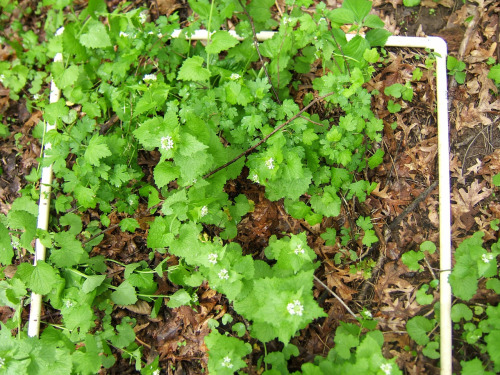Some of the most important evolutionary adaptations to
result from coevolution are the mutualistic symbiotic relationships that allow
two or more species to thrive through mutually beneficial interactions. An
example occurring in one of the most ecologically, economically, and
aesthetically important ecosystems on Earth is the coevolution of hermatypic
(reef-building) corals and their algal symbionts of the genus Symbiodinium. The algae are incorporated
into the coral cells where they produce carbohydrates through photosynthesis,
passing this on to the animal tissue and receiving nitrogen and phosphate
compounds(1).
For many years it was
thought that individual coral species were very specific as to which clade or
type of symbiont is hosted*. Recently, with the aid of larger sample sizes more
sensitive molecular techniques, it has been shown that corals often host
secondary types of symbionts and are able to change which clade is dominant
within its cells, especially after periods of stress or coral bleaching(2). In "The role of zooxanthellae in the thermal tolerance of corals: a 'nugget of hope' for coral reefs in an era of climate change (2006)," Ray Berkelmans and Madeleine van Oppen tested the hypothesis that this sort of adaptation could help corals survive in a future sure to me marred by global warming. |
| Acropora millepora(3) |
In this study, Berkelmans and van Oppen transplanted colonies of the common, bleaching sensitive coral species Acropora millepora from a cool offshore reef to much warmer inshore sites on the Australian Great Barrier Reef. The result was that many colonies pale, bleached, and subsequently died from the unfamiliar environment. However, a few colonies were able to bounce back from paling and bleaching when the abundance of clade D symbionts, a group much more thermally resistant than the previously dominant clade C, began to increase. Together, A. millepora and clade D Symbiodinium were able to adapt to the changing circumstances and begin to reclaim the dead carbonate skeleton of the bleached part of colonies. This provides some hope that the beautiful coral reefs of the world will be able to survive when our world inevitably continues to increase in temperature.
 |
| Results of Berkelmans and van Oppen's 2006 study. |
*Type is a transient term, used because some types of Symbiodinium have such genetic
similarity they may at some point be proven to be the same species. Clade is an
intermediate classification of the Symbiodinium
genus into groups A-H. For example one type of algae is B3.
Sources:
1. Pearse, Vicki & Muscatine, Leonard. Role of
Symbiotic Algae (Zooxanthellae) in Coral Calcification, 1971. http://www.biolbull.org/content/141/2/350.full.pdf+html
2. Berkelmans, Ray & van Oppen, Madeleine. The role of zooxanthellae in
the thermal tolerance of corals: a ‘nugget of hope’ for coral reefs in an era
of climate change, (2006). http://rspb.royalsocietypublishing.org/content/273/1599/2305.full








